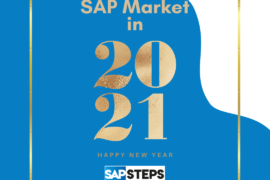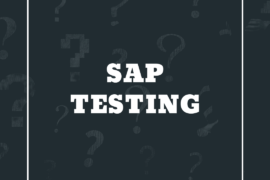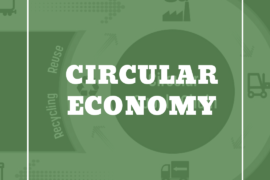Introduction
As I have mentioned countless times, Brazil is an extremely complex country when it comes to taxes.
So much so that SAP usually creates new modules just to meet complex Brazilian legislation.
A product well known by the entire community of Brazilian consultants is SAP GRC-NFE (it has no connection with SAP-GRC) aimed at transmitting invoice data with SEFAZ (Government) for approval, consultation of notes tax, etc.
SAP recently launched a new product called SAP TDF.
TDF stands for Tax Declaration Framework.
In this post, we will talk a little about this new product.
Fiscal Complexity
Why would SAP create a new tax-related module?
To understand, we need to think a little about the Brazilian fiscal structure.
For the circulation of any merchandise within the Brazilian territory, it is required by law that an official document called Nota Fiscal be issued.
At the time of issuance, the Brazilian government carries out a verification (using the XML received from the issuer), where practically all information regarding that movement of goods (be it a sale, transfer, import, etc.) is carefully verified.
The invoice is only approved if all taxes and tax codes are correct.
When the invoice is approved, the issuing company receives an approval protocol and proceeds with the transportation of the goods.
At this point, the government already has all the information stored in its system regarding that operation.
Theoretically, the Brazilian government already has all the information related to the company (when it comes to the movement of goods), correct?
Do not.
The government demands more.
The government requires companies to provide several reports periodically so that all tax and accounting information is checked.
If any information sent in the reports is inconsistent, the company may be fined.
A little complicated, isn’t it?
What wes the market options before SAP TDF?
Until a few years ago, SAP provides some of these reports in a standard way.
Other reports that were not available, or that two options for companies:
- Hire a third-party solution
- Develop the reports
Option two is extremely difficult to implement, such as from time to time, or the government requests new information on these reports.
Imagine a headache to keep this information?
Therefore, a solution is usually contracted with a third solution.
There are countless on the market.
Until SAP selects to change that.
SAP TDF
SAP TDF was created for all tax requirements that are covered within the SAP world itself.
Also, SAP has created several features for users of this module:
- Generation of reports according to the layout requested by the government;
- Correction of the original tax documents (before the TDF, when a problem was
- found, or even corrected in the database of the third solution, or that creates a data
- inconsistency between what was in SAP and what was in the third solution);
- Assistance in the tax recovery process;
- Assistance in tax planning;
- Improvement in the quality of information;
- Improves systems architecture;
- The data can be analyzed in real-time (since they use a Hana database);
- Scope Reports: Fiscal and Accounting SPED, eSocial, CIAP, Block G, Block K, SPED
- Contributions, ECF;
- Among other features.
In addition to all the above benefits, it is not possible to forget what is very common, as companies were forced to have many professionals performing extremely difficult tasks and costs before a solution like SAP TDF was implemented, that is, a company has a great gain in terms of people, these same professionals that before performing manual tasks can be used in more intelligent and proven tasks for their companies.
Conclusion
In my view, SAP TDF is a great tool and from what I’ve noticed, several companies have large projects to implement this module.
I hope this post has clarified your vision about this “new” SAP module a little.
If you liked this post, be sure to subscribe to our newsletter to receive first hand the next posts and share this post with your friends.
If you have any suggestions (including subjects you would like to read about), feel free to send an email to sapsteps@sapsteps.com.
A big hug,
Bruno César



